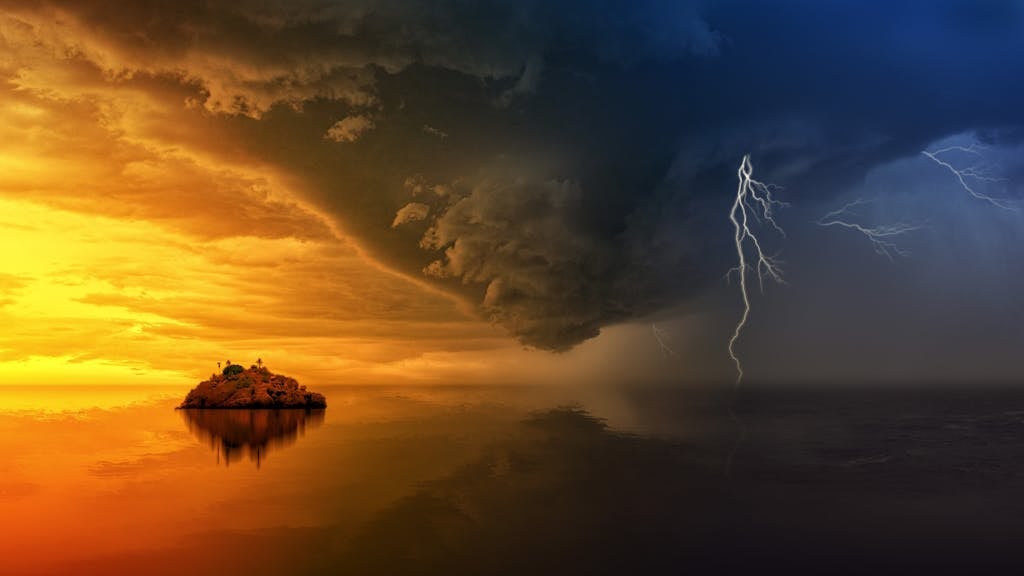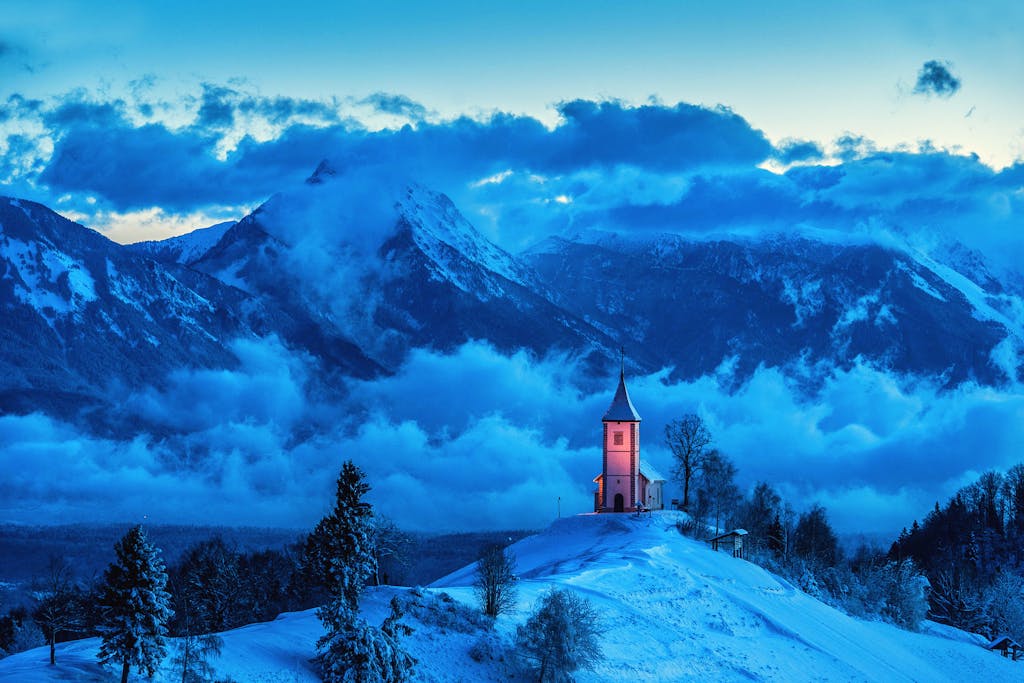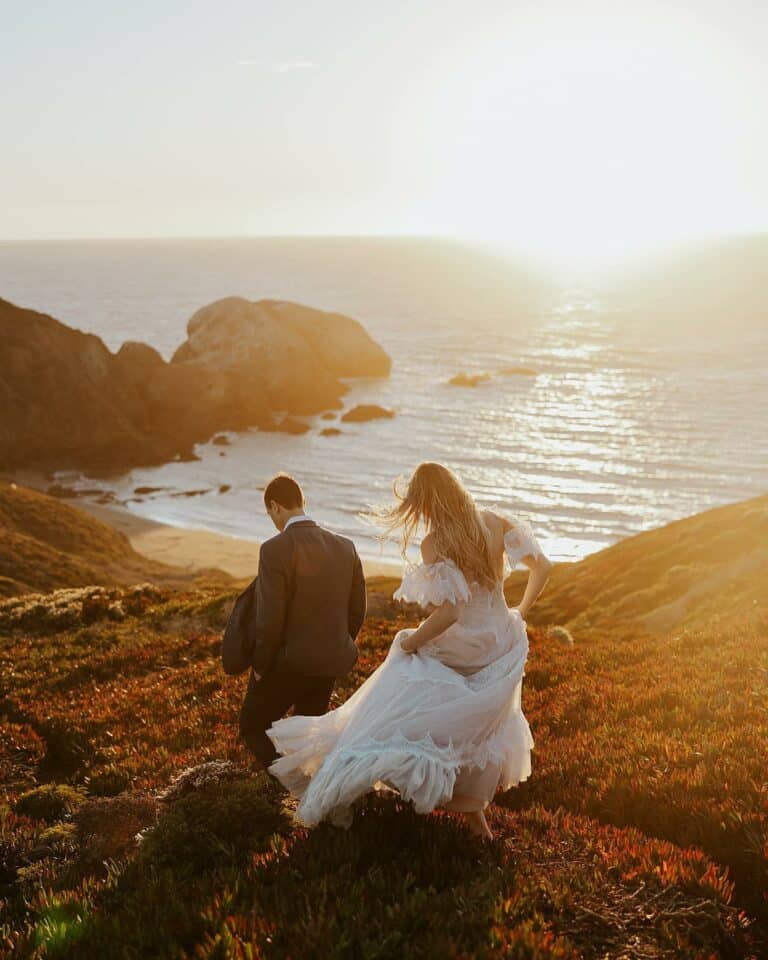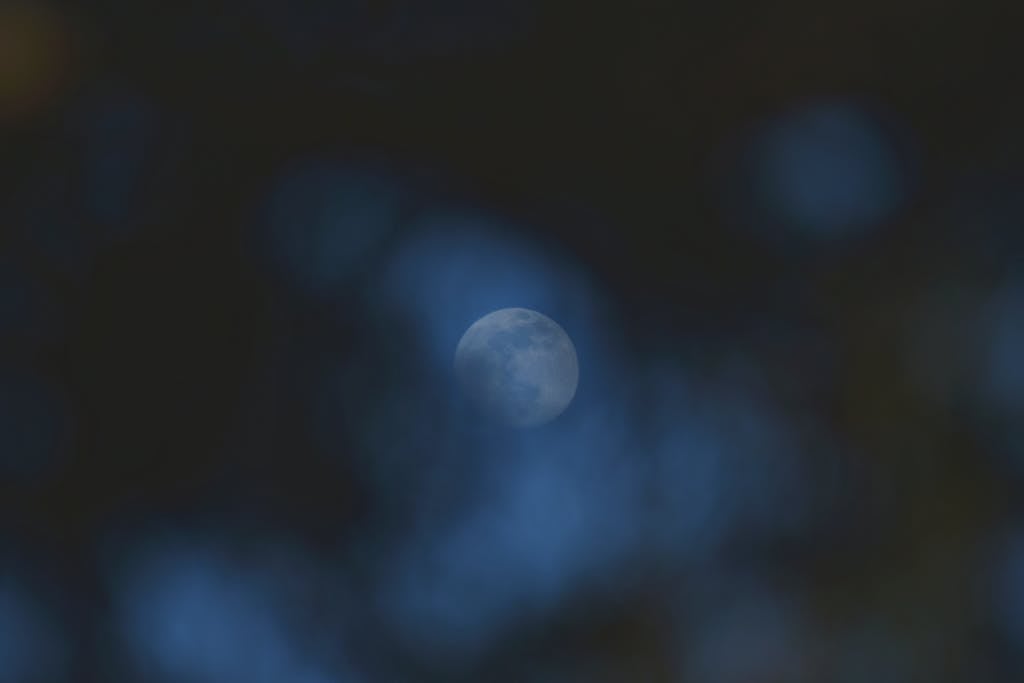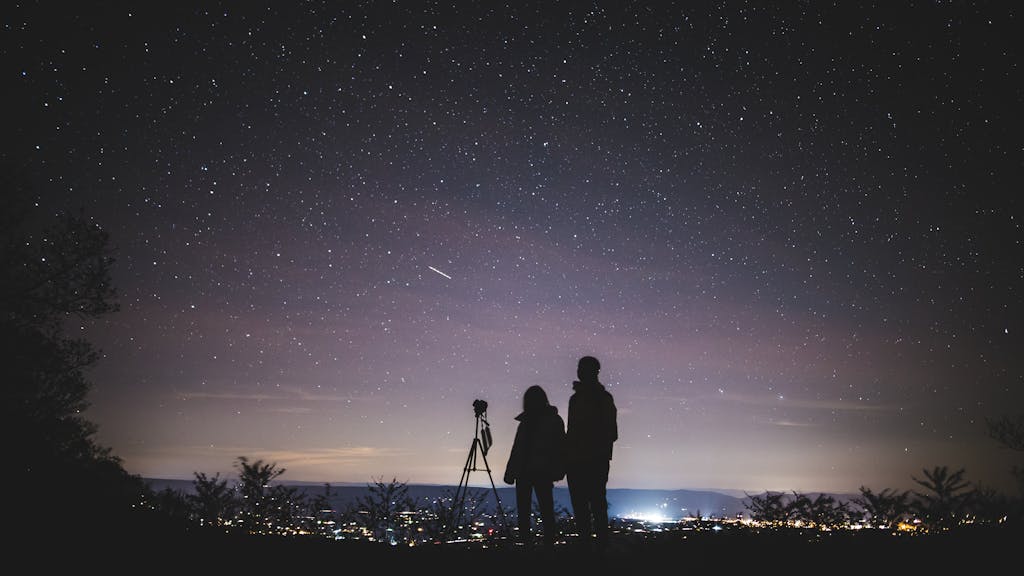Predicting perfect golden hour
Predicting perfect golden hour is the goal of many photographers. That magical time shortly after sunrise or before sunset, casts a spell over landscapes, turning ordinary scenes into breathtaking views. But what if you could enhance your golden hour photography by predicting the weather? Weather plays a crucial role in determining the quality of light during these precious moments. In this article, we delve into the art and science of weather forecasting for golden hour photography, offering tips and techniques to help you capture the perfect shot every time.
Understanding Weather Patterns
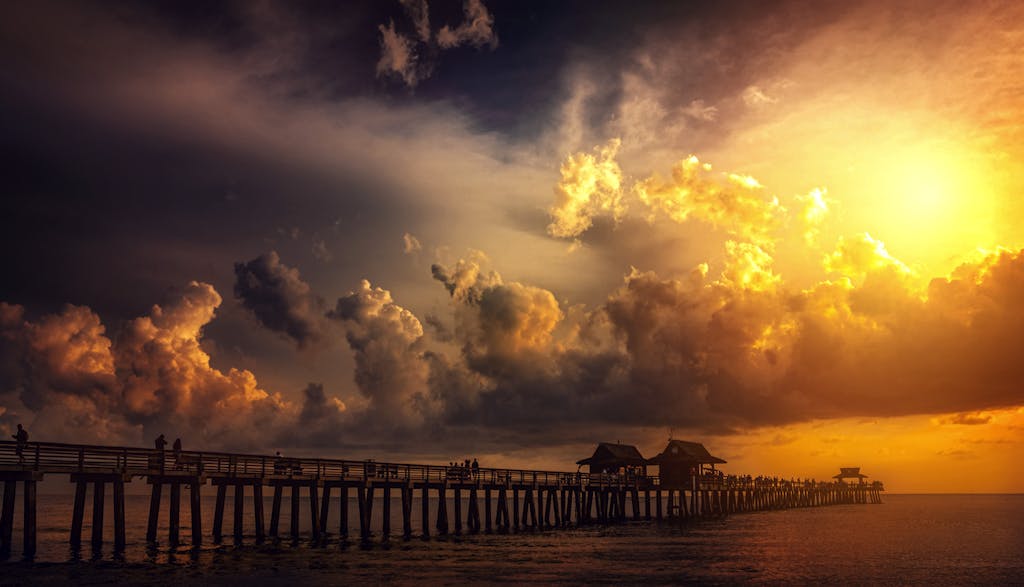
Atmospheric conditions play a significant role in shaping the quality and character of golden hour light. Here’s how different atmospheric factors influence the golden hour:
- Clear Skies: When the sky is clear during golden hour, the sunlight passes through less atmospheric particles and moisture. This results in direct, intense light with warm, rich tones. Clear skies often produce vibrant colors and well-defined shadows, enhancing the contrast and depth of the scene.
- Cloud Cover: Clouds can act as natural diffusers, scattering sunlight and softening its intensity during golden hour. Partly cloudy or scattered cloud cover can create a dynamic interplay of light and shadow, adding texture and interest to the sky and landscape. Additionally, clouds can reflect and refract sunlight, producing spectacular hues ranging from subtle pastels to fiery oranges and pinks.
- Humidity: High humidity levels in the atmosphere can affect the clarity and saturation of colors during golden hour. In humid conditions, water vapor scatters light more readily, leading to softer, less defined shadows and muted colors. However, this diffused light can also create a dreamy, ethereal atmosphere, particularly in coastal or foggy environments.
- Atmospheric Particles: Dust, pollution, and other atmospheric particles can influence the color and clarity of golden hour light. In urban areas with high levels of pollution, sunlight may appear hazy or tinged with yellow or orange hues due to the scattering of light by airborne particles. Conversely, in pristine environments with minimal pollution, golden hour light may exhibit greater clarity and purity of color.
- Altitude and Latitude: The altitude and latitude of a location can impact the angle and duration of golden hour light. At higher altitudes or closer to the poles, the sun’s angle relative to the horizon changes, resulting in longer and more dramatic golden hour periods. In contrast, at lower altitudes or near the equator, golden hour may be relatively shorter but still characterized by warm, golden tones.
Before heading out with your camera, it’s essential to understand how weather patterns affect golden hour photography. Clear skies often result in vivid, warm colors during golden hour, while clouds can add drama and texture to the scene. Monitoring weather forecasts and understanding weather phenomena such as cloud cover, humidity, and atmospheric pressure can help you anticipate the conditions for optimal lighting.
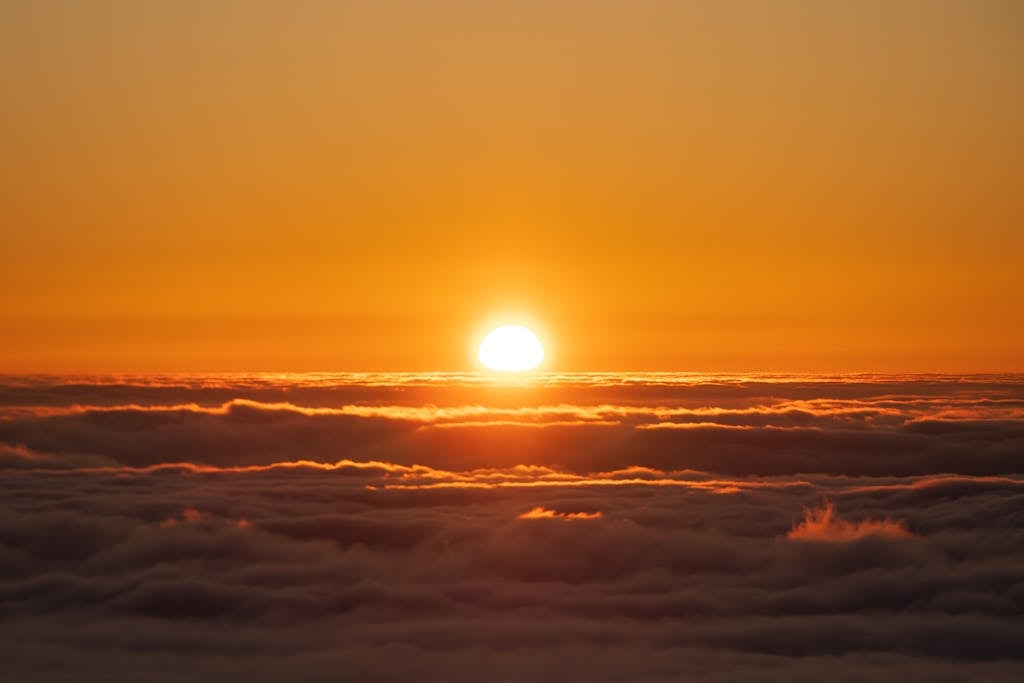
Using Weather Apps and Websites
In today’s digital age, many weather apps and websites provide up-to-date forecasts tailored to your location. From hourly predictions to long-term forecasts, these tools offer invaluable insights into temperature, precipitation, wind speed, and cloud cover. Some apps like our Phototime even provide sunrise and sunset times, allowing you to plan your golden hour shoot with precision.
Interpreting Cloud Cover: Cloud cover is a key factor in golden hour photography, influencing the intensity and diffusion of light. While clear skies are ideal for capturing vibrant colors, partly cloudy or overcast conditions can create soft, diffused light with subtle variations in tone. Learning to interpret cloud cover forecasts and predict cloud movements can help you adapt your composition and shooting techniques accordingly.
If you are looking for chasing golden hour on holidays – consider booking it with https://wakacjenafali.com.pl/.
Chasing the Light: Predicting perfect golden hour

Weather forecasting isn’t just about predicting conditions; it’s also about chasing the light. Golden hour photography often involves racing against the clock to capture fleeting moments of beauty. By monitoring weather updates and scouting locations in advance, you can position yourself in the right place at the right time to make the most of predicting perfect golden hour. And if you missed the golden hour – be sure to find out how beautiful blue hour can be as well!
Embracing Unexpected Weather: Golden Hour colors
While clear skies are synonymous with golden hour photography, don’t discount the beauty of unexpected weather phenomena. Stormy skies, dramatic clouds, and atmospheric changes can elevate your images to new heights, adding mood and atmosphere to your compositions. Embrace the unpredictability of weather and use it to your advantage in creating compelling photographs.
Summary: Predict Golden Hour
Weather forecasting is a powerful tool in the arsenal of any golden hour photographer. By understanding how weather patterns influence light and atmosphere, you can be predicting perfect golden hour, plan your shoots, and adapt to unexpected changes on the fly. Whether you’re capturing serene sunsets or dramatic twilight scenes, let the weather be your guide as you embark on your golden hour photography adventures.


